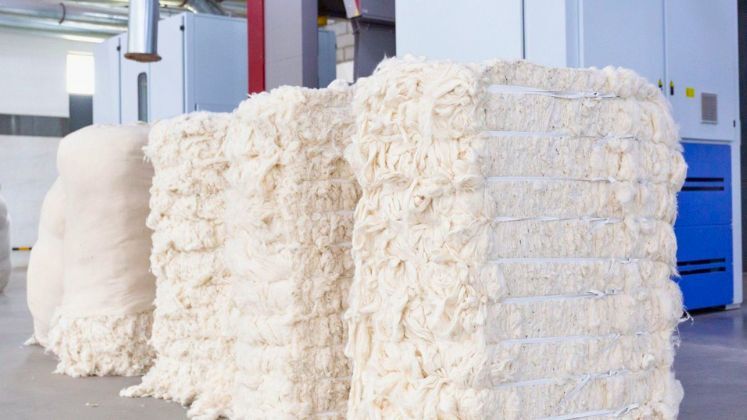
The United States Department of Agriculture (USDA) has announced that Bangladesh is poised to overtake China as the world’s leading cotton importer during the 2024-25 trading year, which runs from August to July. This shift would mark Bangladesh’s return to its previous status as the top cotton importer, a position it has held multiple times since the onset of the COVID-19 pandemic.
In a report released last week, the USDA projected that Bangladesh’s cotton imports will reach 8 million bales by the end of the current trading year, an increase from its earlier estimate of 7.8 million bales made in October. This surge in imports is largely attributed to a rise in orders for ready-made garments, a vital sector for the Bangladeshi economy.
For the 2023-24 trading year, Bangladesh imported over 7.5 million bales of cotton, with one bale weighing approximately 480 pounds (218 kilograms). However, despite these optimistic projections, local textile mill owners have expressed concerns over operational challenges. Many mills are not functioning at full capacity due to an ongoing gas crisis that has inflated production costs. Additionally, incentives for the textile sector were reduced last year, causing domestic yarn producers to struggle against competition from Indian yarn, leading to increased imports from India.
The USDA’s October report had estimated that global cotton imports for the 2024-25 trading year would total 42.4 million bales, with China, Vietnam, Bangladesh, and Pakistan accounting for 65 per cent of that figure. However, in an updated report issued in February, the USDA revised its forecasts downward for China, predicting a decrease of 700,000 bales, while increasing estimates for Bangladesh, Vietnam, and Pakistan.
Despite the USDA’s projections, Khorshed Alam, Director of the Bangladesh Textile Mill Owners Association (BTMOA), cautioned that the reality on the ground may differ. He noted that 40-50 per cent of mill capacity remains unused due to the gas crisis, suggesting that actual cotton imports could fall short of the USDA’s estimates.
Historically, Bangladesh imported 8.4 million bales of cotton during the 2021-22 trading year to meet the demands of its export sector, while China imported 12.7 million bales. China’s imports saw a significant rise in the following year, but recent data indicates another decline.
According to the National Board of Revenue (NBR), Bangladeshi traders imported 1.889 million tons of cotton last year, a 39 per cent increase compared to the previous year, costing Taka 453.74 billion. Additionally, 1.2 million tonnes of yarn were imported, amounting to Taka 457.13 billion.
The Bangladesh Textile Mills Association (BTMA) reports that the country has 519 spinning mills, although some are currently closed. These mills are responsible for supplying 85-90 per cent of the knit fabric and around 40 per cent of the yarn used in woven fabrics. BTMA President Shawkat Aziz Rasel confirmed that while Bangladesh is self-sufficient in yarn production, the ongoing gas crisis has left many textile mills operating at reduced capacity or shuttered entirely. Meanwhile, export-oriented readymade garment factories continue to receive robust purchase orders for the coming months, but local textile mills are struggling to keep pace with demand due to energy shortages.






